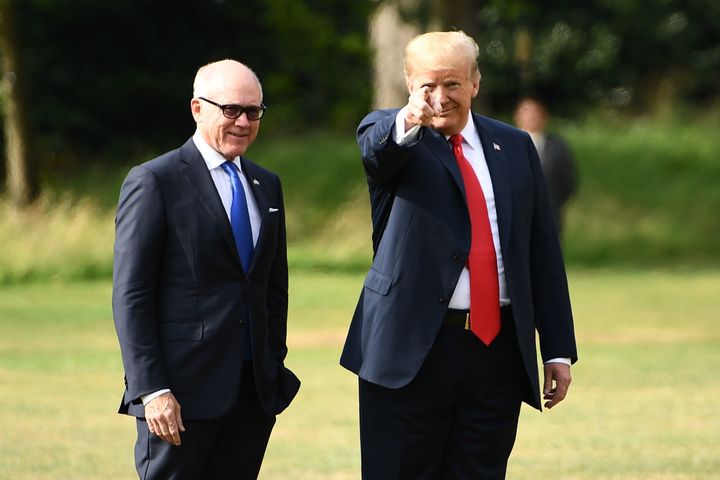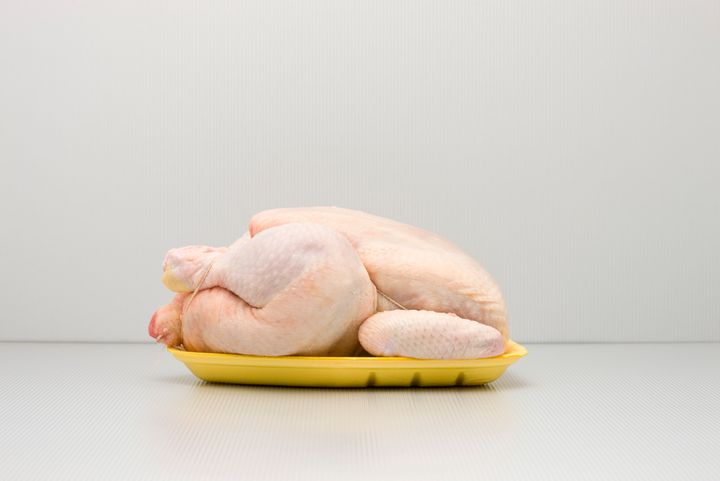
Chlorinated chicken – it’s a row that’s been going on for almost as long as Brexit.
While Americans insist the practice of washing chicken in chlorine is completely safe, critics argue it can be used to compensate for poor hygiene or contamination at other stages of the production process.
With just 23 days to go until the UK leaves the EU – where chlorinated chicken was banned in 1997 over safety concerns – the argument over whether American poultry should be imported post-Brexit rages on.
Today, Donald Trump’s ambassador in the UK insisted that chlorine-washed chicken was safe, arguing that the US has the “lowest level of food poisoning”.
The US has been the target of a “very, very successful” campaign against its food imports, Woody Johnson told Radio 4′s Today programme, blaming the EU.
Asked whether he would prefer to eat organic chicken or poultry washed with chlorine and beef pumped with hormones, the ambassador said: “If I had my choice between chicken that was clean and safe and it didn’t have campylobacter material and poisons on it, I would take the one that had been cleaned sufficiently.
“We have the lowest level of food poisoning in the United States,” he added. “Most Americans would feel our food is safe and cost effective and humane.”
But is he right?
What Is The Debate Over Chlorinated Chicken?

The US practice of washing chicken in chlorine – which was banned in the EU in 1997 over safety concerns – has become a key point of the Brexit debate, with the UK’s departure from the European Union expected to open the floodgates to US food imports.
While studies have shown that chlorine itself isn’t harmful to consumers, critics fear the practice could be used to compensate for poor hygiene or contamination at other stages of the production process.
In an article for the Guardian, former agriculture minister George Eustice said the UK and the US are on “a different journey when it comes to food standards”.
US agriculture “remains quite backwards in many respects,” the Tory MP wrote.
“Whereas we have a ‘farm to fork’ approach to managing disease and contamination risk through the supply chain through good husbandry, the US is more incline to simply treat contaminations of its meat at the end with a chlorine or similar wash.”
But How Does Food Poisoning In The US Compare To The UK?
According to the Centers for Disease Control and Prevention, around 48 million people in the US are affected by foodborne illnesses each year – around 14.8% of the population.
While salmonella is estimated to cause 1.2 million illnesses annually, infecting approximately 0.37% of Americans, around 0.4% of the population get sick as a result of campylobacter, with 1.3 million cases estimated each year.
However, cases in the UK are much lower. According to government data, just 0.096% of the population were affected by campylobacter in 2017, with just under 64,000 cases estimated.
Meanwhile, instances of salmonella were even less frequent. Just 0.015% of UK citizens were infected in 2017, with 10,089 cases confirmed.
So, looks like Johnson’s figures might have been a little bit off...
